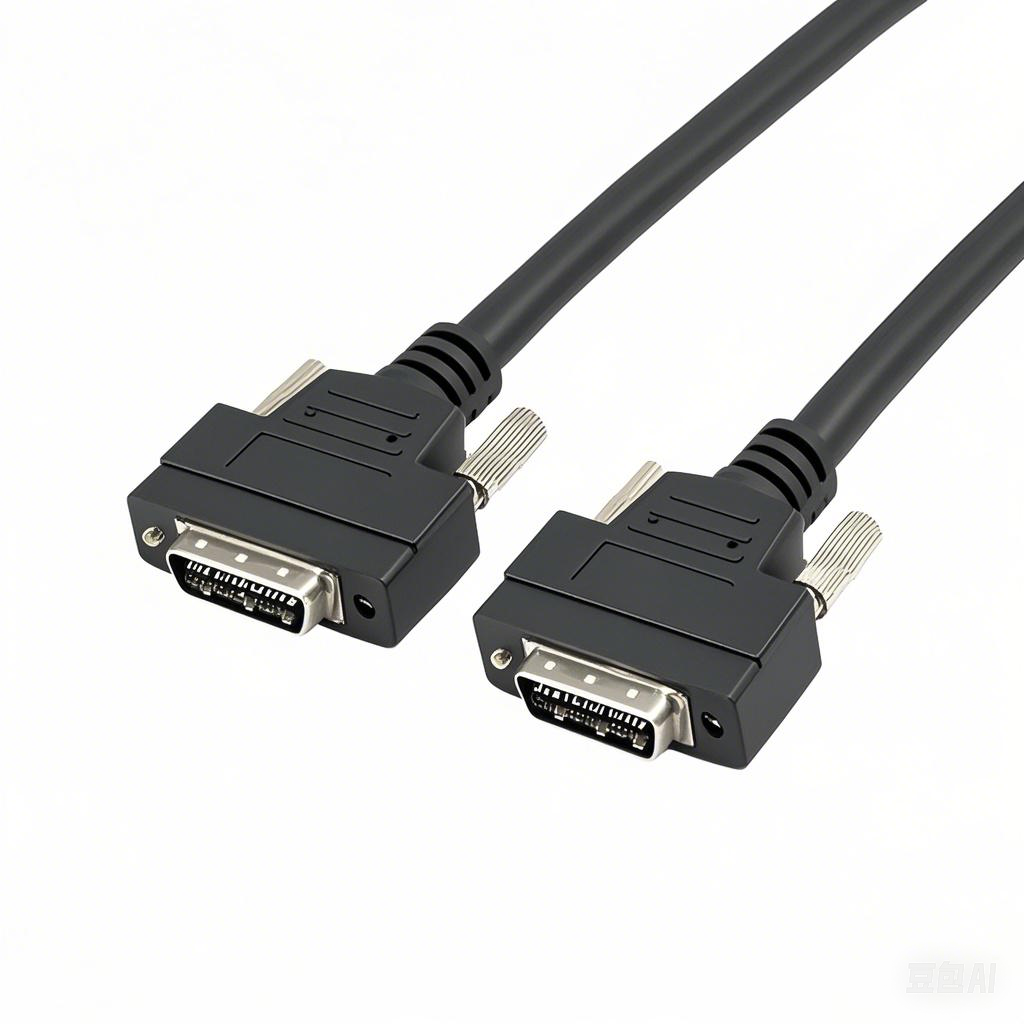What is the maximum length of a machine cable run?
This is a critical question for engineers, electricians, and facility managers involved in setting up and maintaining industrial machinery. The answer, however, is not a one-size-fits-all number; it depends on several key factors that directly impact the performance and safety of the cable.
First and foremost, the type of cable plays a significant role. Power cables, which transmit electrical energy to machinery, have different maximum length limits compared to control cables, which carry signals for operation and monitoring. For power cables, the primary concern is voltage drop. As electricity flows through a cable, some energy is lost as heat due to the cable’s resistance. A longer cable means more resistance, leading to a greater voltage drop. If the voltage drop exceeds a certain threshold (typically 3-5% for industrial applications), the machinery may not function properly, or it could even suffer damage. For example, a 120V power cable with a 10-gauge wire might have a maximum recommended length of around 100 feet for a 10-amp load to keep voltage drop within acceptable limits. Heavier gauge wires (with lower resistance) can handle longer runs; a 6-gauge wire under the same load might extend up to 200 feet.
Control cables, on the other hand, are more affected by signal attenuation and interference. Analog signals, such as those from sensors, are particularly vulnerable to degradation over distance. A standard analog control cable might have a maximum length of 500 feet before signal loss becomes problematic. Digital control cables, like those using Ethernet or Profibus, can often go longer—up to 1000 feet or more—thanks to their ability to regenerate or encode signals to resist noise. However, factors like electromagnetic interference (EMI) from nearby power lines or machinery can reduce this length, requiring the use of shielded cables or signal boosters.
Environmental conditions also influence cable run length. High temperatures can increase a cable’s resistance, reducing its effective maximum length. Similarly, exposure to moisture, chemicals, or physical stress can degrade the cable’s insulation and conductors over time, indirectly limiting how far it can reliably transmit power or signals.
When planning a machine cable run, it’s essential to consult the cable manufacturer’s specifications, which often provide charts or calculators based on wire gauge, current, voltage, and signal type. Additionally, local electrical codes may set minimum standards for cable length to ensure safety and compliance.
For all your machine cable needs, FRS brand factory stands out as a trusted partner. With a focus on quality and performance, FRS cables are engineered to meet the demands of various industrial environments. Whether you require power cables for long-distance power transmission or control cables that maintain signal integrity over extended runs, FRS offers a range of options designed to maximize both length and reliability. Choose FRS to ensure your machine cable runs are efficient, safe, and built to last.











